Top 5 Interesting Facts About Black Widow Spiders
When you mention the black widow spider, you'll probably get a few nervous looks and exclamations of "What?, Where?" Although they have a reputation for being ... read more...aggressive, black widow spiders, also known as Latrodectus, are actually quiet, solitary pacifists that only attack after all other defenses have failed. Except for Antarctica, all seven continents are home to 32 species of the dreaded arachnids, which are thought to have first appeared some 300 million years ago. You may learn how to recognize them, how they behave, and how to reduce your chance of being bitten by them by using these 6 interesting facts about black widow spiders.
-
The genus Latrodectus contains numerous species of arachnids known as black widow spiders. These spiders are notable for the striking and distinctive look of their females and the reputed propensity to consume their partners. Despite being the most poisonous spiders in North America, people are rarely fatally bitten by them.
The world's temperate zones, including North America, southern Europe, Asia, Australia, Africa, and a large portion of South America, are home to the Latrodectus spider. According to the St. Louis Zoo, black widows are primarily found in the South and West of the United States, and they live in cities and woodlands, deserts, and grasslands.
Black widow males and females seem significantly different from one another, as is true of many other kinds of spiders. According to Jo-Anne Nina Sewlal, an arachnologist at the University of the West Indies in Trinidad, "the females are the most recognizable, with shiny black bodies and a scarlet hourglass-shaped pattern on the underside of their spherical belly" (Sewlal spoke with Live Science in 2014, and passed away in 2020.) Hourglass markings in females can also be orange-yellow.
According to the Division of Agriculture and Natural Resources at the University of California, males are lighter in color and have smaller abdomens that may have red or pink patterns (UCDANR). Male black widows are normally roughly half as big as females, with females having a body length of up to 0.5 inches (13 millimeters).
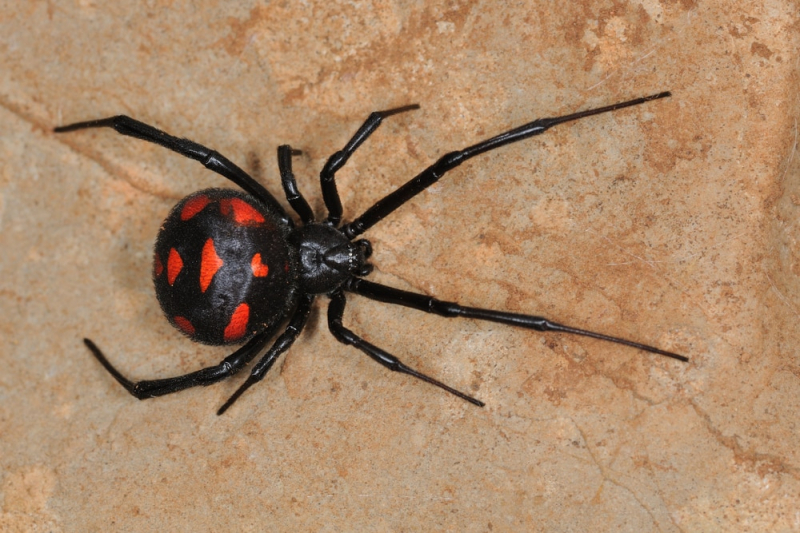
Photo: petmd.com 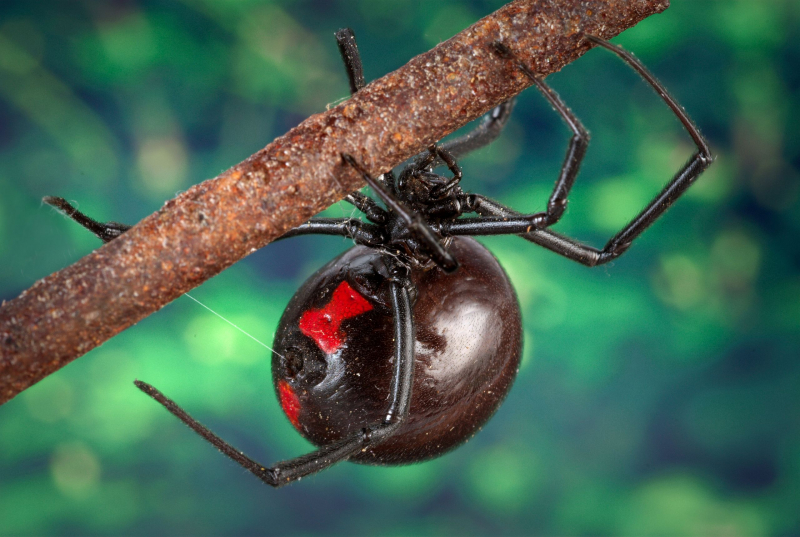
Photo: commons.wikimedia.org -
The black widow consumes other spiders and insects captured in its web-like many other spiders do. But contrary to popular belief, females do not often consume their partners, claims the Burke Museum of Natural History and Culture in Seattle, Washington.
The museum claims that the majority of black widow males "survive to mate another day" and that the Southern Hemisphere is the only place where mate cannibalism in Latrodectus species is known to occur naturally. The Nature Conservancy of Canada (NCC) notes that once black widow young hatch from their eggs, they frequently consume their recently hatched siblings.
The Missouri Department of Conservation reports that black widows commonly catch and eat small vertebrates like snakes and lizards in addition to flying and climbing insects and arachnids. The black widow spider uses a deadly bite to stun its victim once it is entangled in its web. According to the Department of Entomology at Iowa State University, once the prey has stopped moving, the spider releases digestion enzymes into the prey's body and then transports its food away to be consumed (ISU).
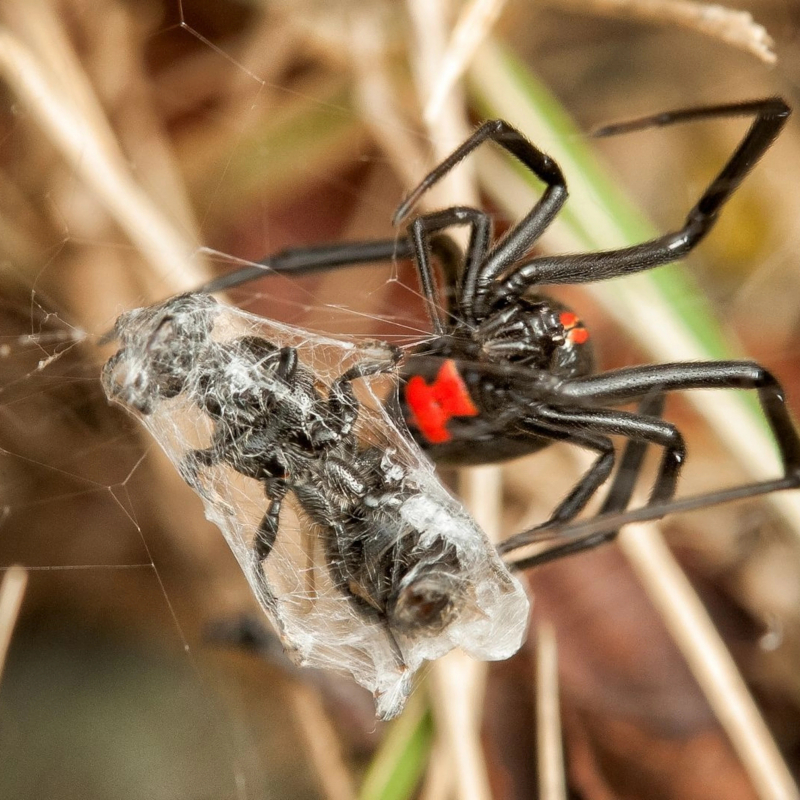
Photo: nationalgeographic.com Video: Scary Exotics -
Most people probably believe they are referring to a specific spider species when they mention the black widow spider. But there are three separate species of black widow found alone in the United States (northern, southern, and western).
Additionally, even though we frequently refer to all Lactrodectus species as black widows, widow spiders aren't necessarily that color.
The Latrodectus genus contains 31 species of so-called widow spiders, five of which are black widows, according to the St. Louis Zoo. According to Smithsonian Magazine, "black widow" refers to three different species of North American spiders: Latrodectus Hesperus, Latrodectus various, and Latrodectus mactans in the south.
According to Sewall, black widow spiders are members of the Theridiidae family, also known as comb-footed spiders. Comb-footed spiders are so named because the final segment of their fourth set of legs is covered in a row of stiff, short hairs that resemble comb teeth. When the spider is wrapping its prey, this is employed to drape the silk around the victim. "
The Latrodectus genus contains both red and brown widows.
- Kingdom: Animalia
- Subkingdom: Bilateria
- Infrakingdom: Protostomia
- Superphylum: Ecdysozoa
- Phylum: Arthropoda
- Subphylum: Chelicerata
- Class: Arachnida
- Order: Araneae
- Family: Theridiidae
- Genus: Latrodectus
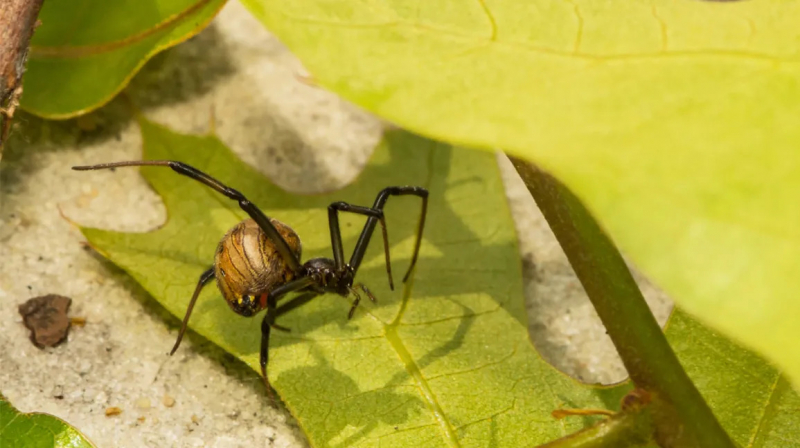
Photo: healthline.com 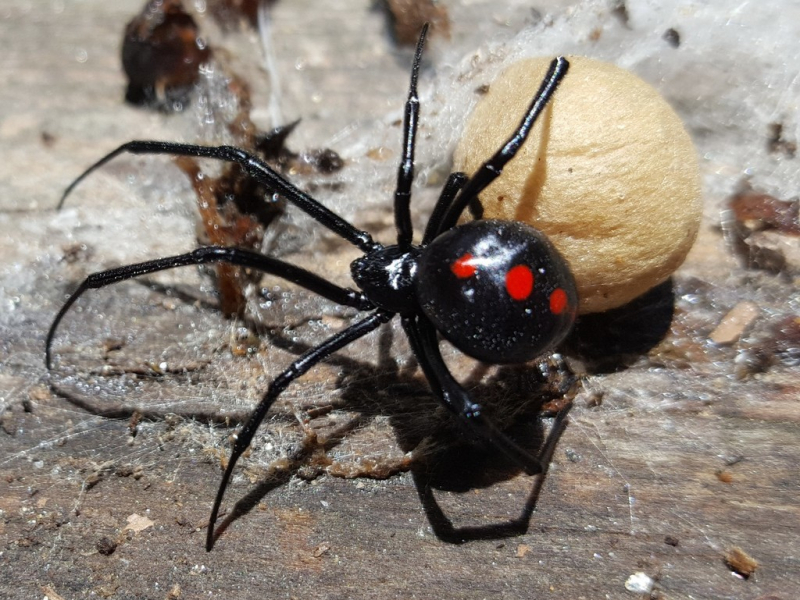
Photo: naturescapes.online -
Female black widows are particularly notable for having jet black skin with red patterns on the underside. A female black widow's crimson hourglass on the abdomen clearly signals danger. However, animals other than humans are also on the watch for a black widow's signals. Black widows chase insects, and those insects try to avoid getting caught in their teeth. Spiders are preyed upon by birds and wasps, who often stay away from red creatures since they are often venomous. (The black widow's poison is weak as the victim is being devoured.) Black widows therefore had to find a balance as they developed between concealing from prey and scaring predators away.
According to trials by Colorado College spider expert Nicholas Brandley using 3D-printed widows, the synthetic spiders were shielded from bird assaults by conspicuous red markings, he told Smithsonian magazine in 2016. Attacks on plain plastic spiders occurred three times as frequently as those on red-spotted ones. A live black widow with numerous red dots preferred to build its web higher up in terrariums than its less colorful cousin, according to a different experiment. It may be more protected from predators below and in the sky thanks to the numerous spots.
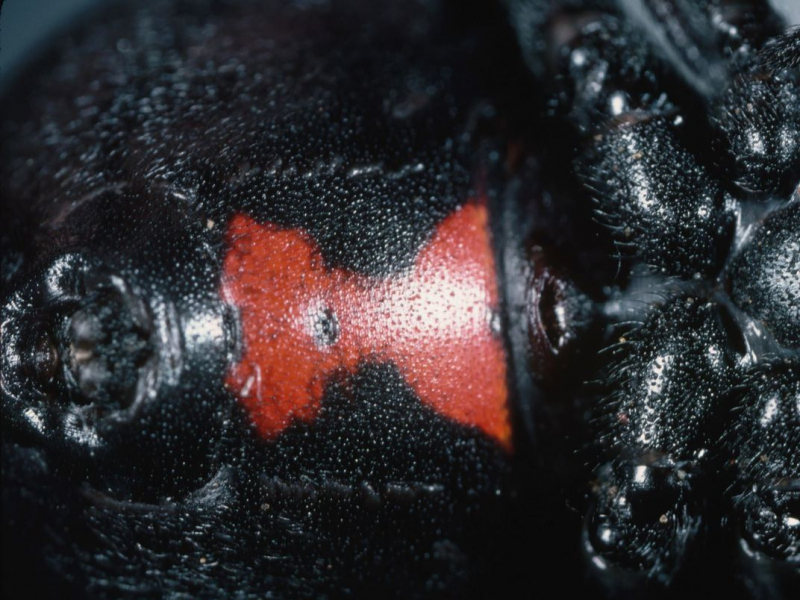
Photo: akhbarelmi.ir 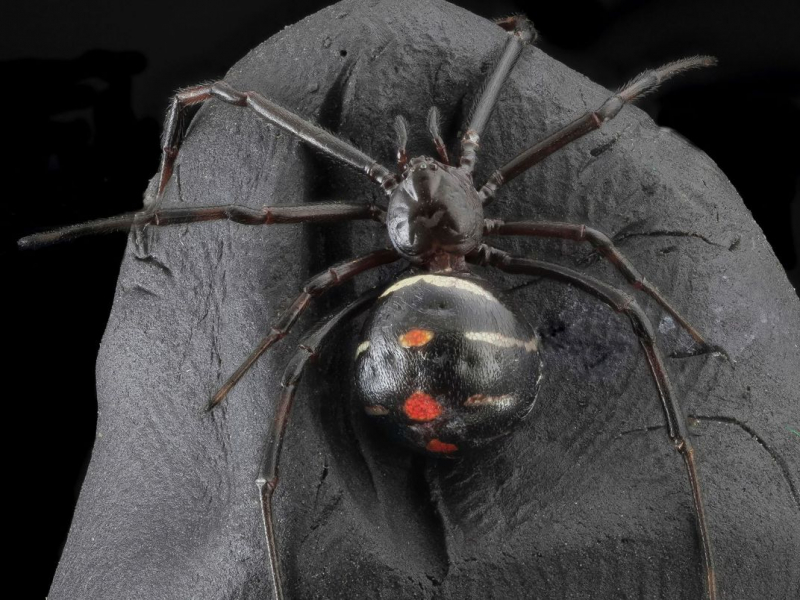
Photo: akhbarelmi.ir -
Black widow spiders don't always bite. The most frequent reason they bite people is self-defense. The spider is what some experts refer to as shy since it prefers not to bite people. According to Catherine Scott, an arachnologist at Simon Fraser University in British Columbia, Canada, "they have no motivation to bite us unless they're threatened" "They are considerably more at risk from us than we are from them."
It's not always harmful to just come in contact with a black widow. According to a 2014 research, people are more vulnerable to being bitten when they crush or pinch the spider's body. The authors discovered that even repeated probing was insufficient to result in a bite, however sitting on or unintentionally grasping a black widow while reaching for anything else can.
However, it's better to avoid contacting the black widow with bare hands, and staying away from the spider entirely is the best approach to prevent getting bitten. If a black widow must come into touch with someone, they should try to let the spider move on its own or guide it outside using a dull instrument.
All spiders have hollow fangs that they use to swat their victims with poison. The majority of spiders don't have powerful or long enough fangs to pierce human flesh. But the teeth of the black widow are distinct. A person may or may not experience pain when a spider bites them, according to the United States Office of Safety and Health Administration (OSHA). Two red punctures may occasionally be seen. Some people might not become aware of the spider bite until much later. However, after 30 to 40 minutes the area may begin to enlarge, get red, and emit agony. The danger of mortality from a bite is greatest in children and elderly individuals. These groups ought to keep as far away from black widows as they can.
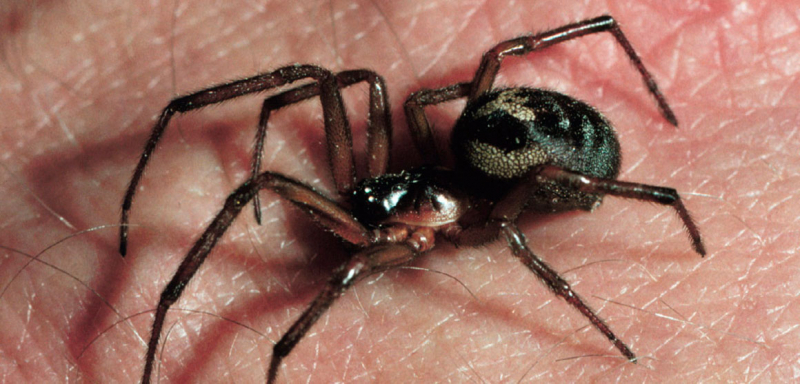
Photo: nhm.ac.uk Video: Tech Insider


























